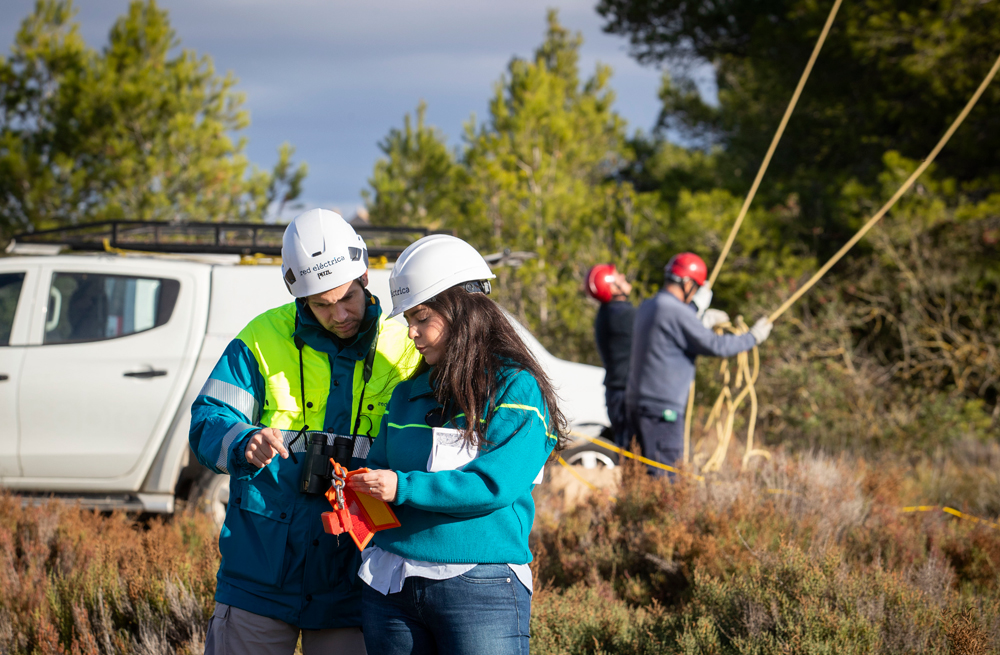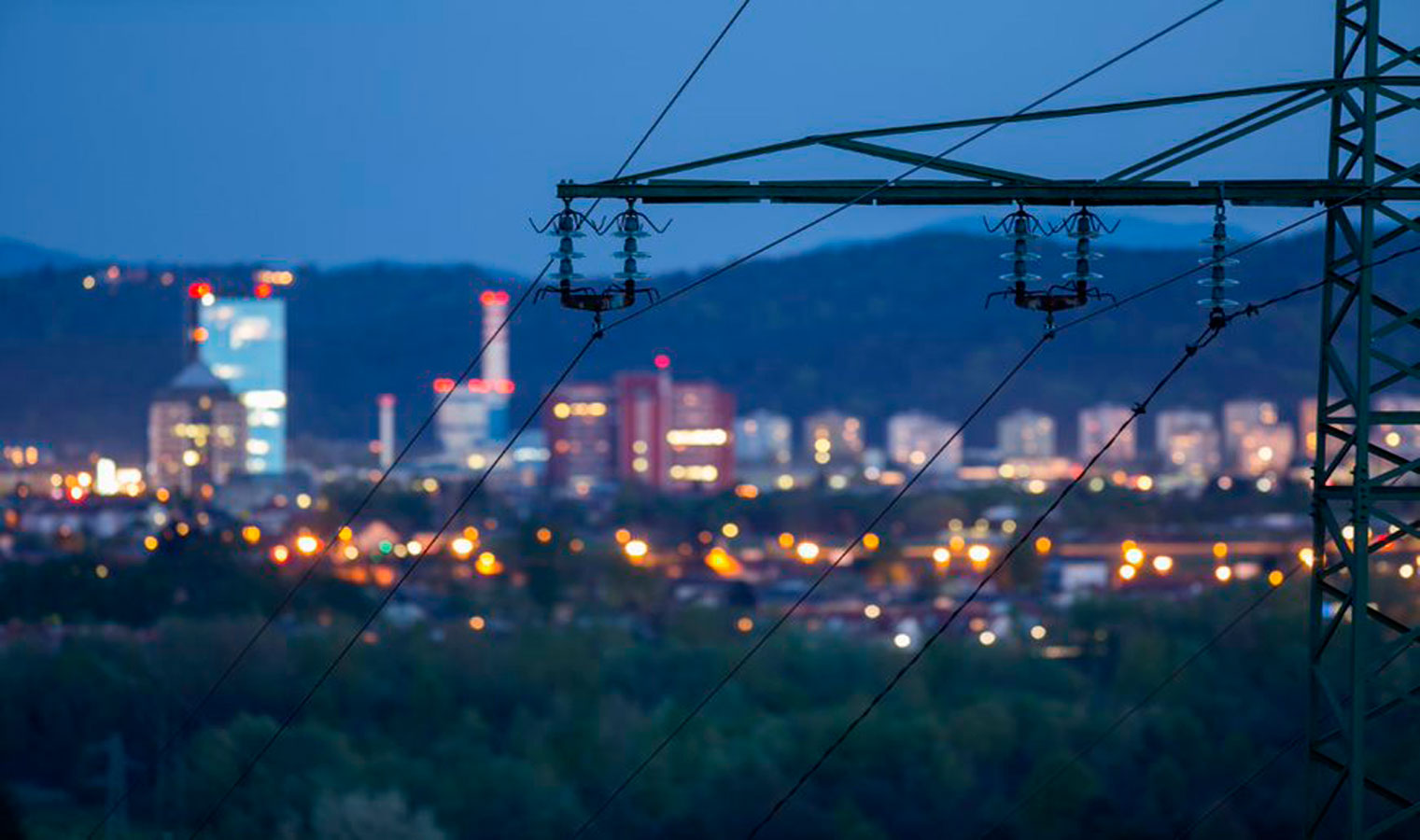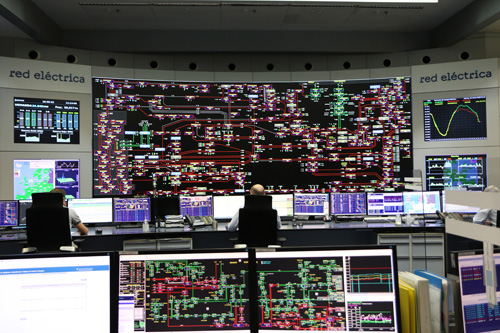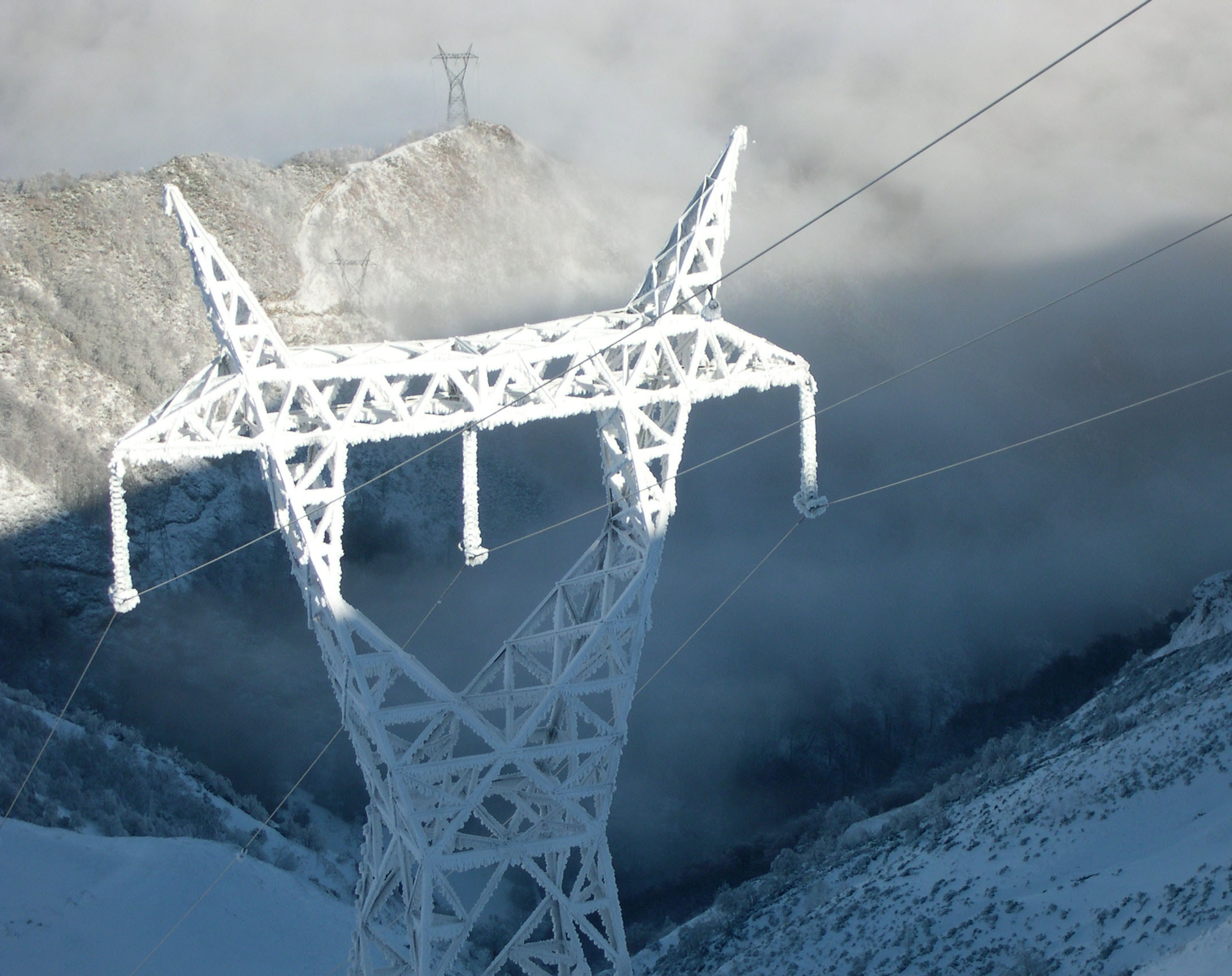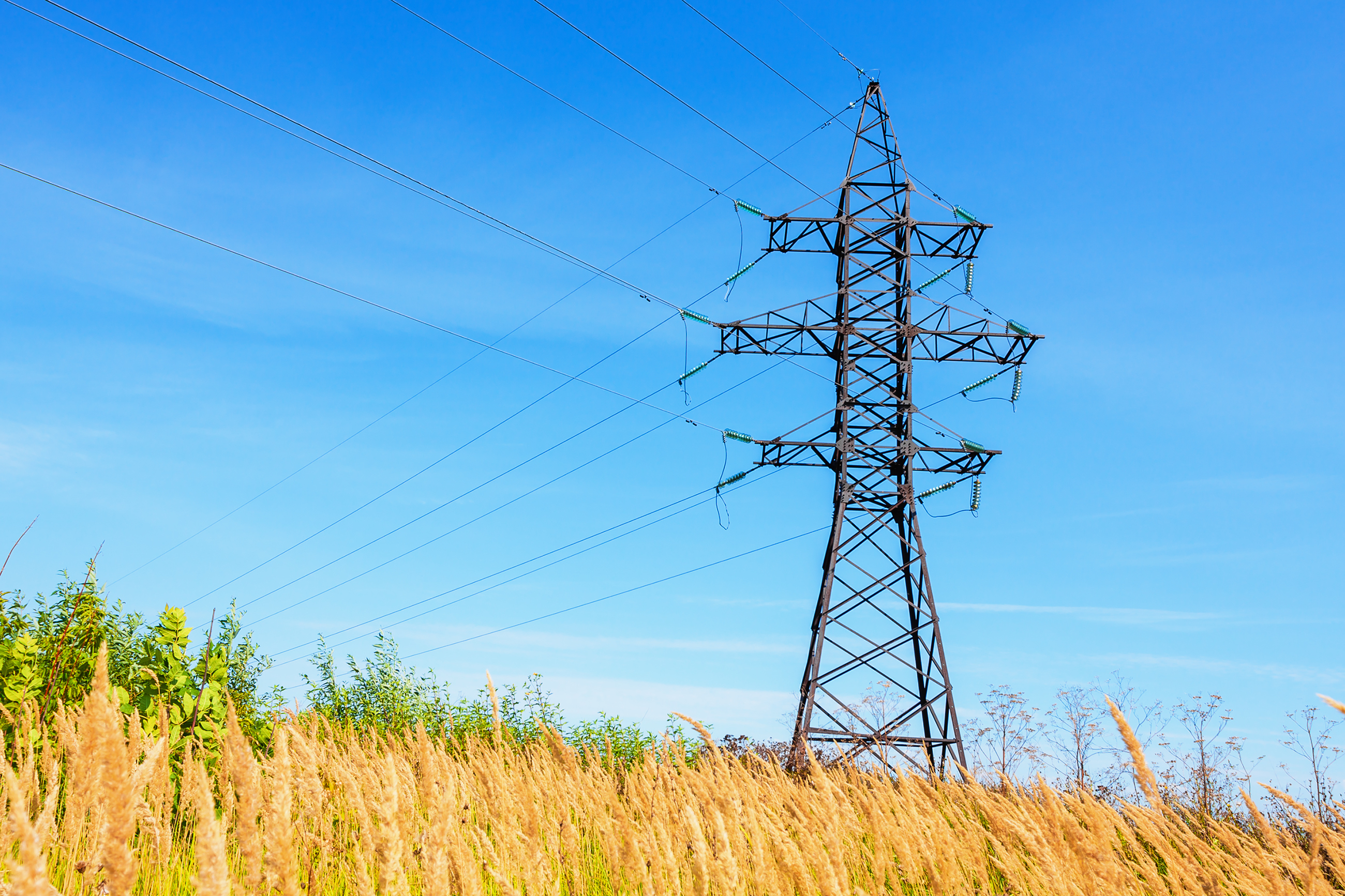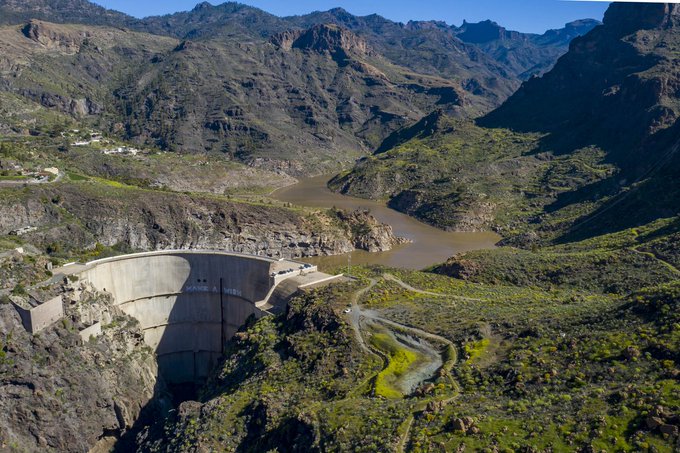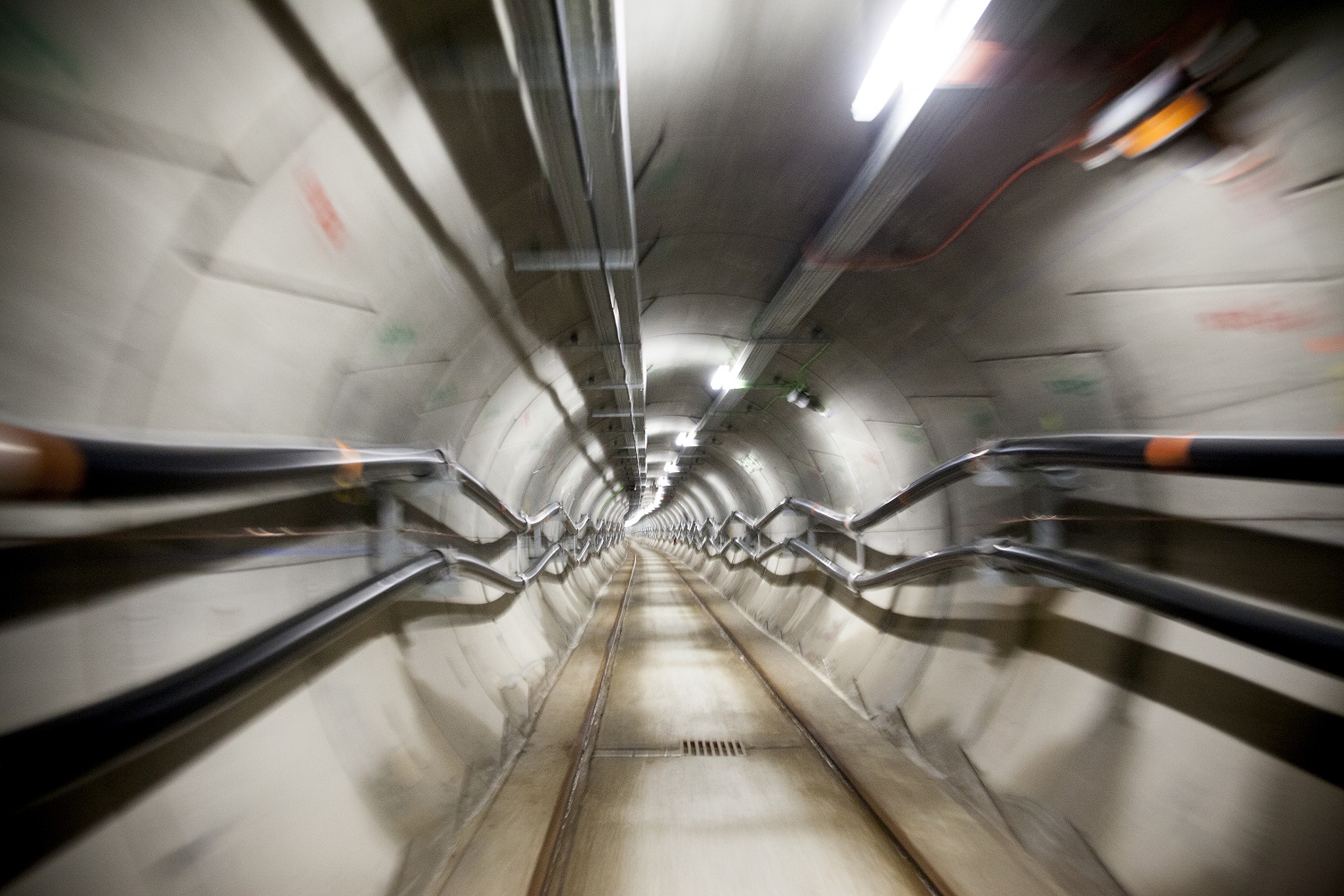For 40 years, we've been driving our country's economic and social progress. Four decades shaping Spain.
Unanimous agreement for the onshore route of the second link between the Spanish peninsula and the Balearic Islands
The agreement was reached within the working group comprising the Government of the Balearic Islands, the Ministry for Ecological Transition and the Demographic Challenge, the Consell de Mallorca, Alcúdia Council, Red Eléctrica, and the local residents' platform.
Red Eléctrica has now submitted the modified project with the agreed-upon route for this second link, a decisive step for the security and quality of the electricity supply and for meeting the energy transition objectives in the Balearic Islands.
The working group, which includes the Government of the Balearic Islands, the Ministry for Ecological Transition and the Demographic Challenge, the Consell de Mallorca, Alcúdia Council, Red Eléctrica, and the Platform of Alcúdia Residents Affected by the Cable (VAAC), has concluded its work by defining a new consensus-based onshore route for the second link between the Spanish peninsula and the Balearic Islands.
The agreed-upon onshore route is the result of months of work by the group, during which various alternatives were analysed to arrive at an option that not only has technical, environmental, and regulatory approval but has also garnered the broadest social support. In fact, it was put to a vote in an assembly by the residents' platform, receiving majority backing.
At an event held today at Alcúdia Town Hall, the new onshore path of the future link was detailed. In attendance were the Chairwoman of Redeia, Beatriz Corredor; the Undersecretary of the Ministry for Ecological Transition and the Demographic Challenge, Miguel González Suela; the regional Minister for Enterprise, Self-Employed, and Energy of the Government of the Balearic Islands, Alejandro Sáenz de San Pedro; the regional Minister for Territory, Mobility, and Infrastructure of the Consell de Mallorca, Fernando Rubio; the Mayor of Alcúdia, Fina Linares, and representatives of the residents' platform. Its main feature is a significant reduction in the passage through residential areas, as the involved administrations have enabled the use of public roads and thoroughfares.
All participants at the event agreed on the importance of dialogue in developing strategic infrastructure like the new interconnection, which is vital for the energy transition of the Balearic Islands.
Beatriz Corredor, Chairwoman of Redeia, stated that 'it is essential to continue investing in the development of electrical infrastructure, as Red Eléctrica is doing, to advance the energy transition and the country's economic and social progress. However, it is crucial to do so hand-in-hand with the territories where they are installed, their public administrations, and their residents.'
Miguel González Suela, Undersecretary of the Ministry for Ecological Transition and the Demographic Challenge, highlighted that 'the 2021-2026 Electricity Plan allocated 17% of its total budget to the Balearic Islands, a total of €1.169 billion, the largest investment of all autonomous communities. The agreement on the onshore route for the second link with the peninsula clears the way for a key project that will be complemented by those planned for 2025-2030, the first proposal of which will soon be open to public consultation.'
According to the regional Minister for Enterprise, Self-Employed, and Energy of the Government of the Balearic Islands, Alejandro Sáenz de San Pedro, 'this agreement is proof that we keep our word. The Government of the Balearic Islands has worked with the entire team to reach a solution that we believe is the best option for the Islands, always seeking a balance between environmental sustainability, social consensus, and our commitment to the municipality of Alcúdia and its residents.'
The Mayor of Alcúdia, Fina Linares, stressed that 'the conclusion of the working group's efforts is a major step towards a more sustainable energy model that respects the territory and has citizen consensus.' She praised the 'highly positive dialogue between institutions and the involvement of the VAAC residents' platform,' and underlined the Council's commitment to ensuring transparency and monitoring the project at all stages.
The new route in detail
The working group's efforts focused on defining an alternative onshore route for the interconnection, building on a prior consensus regarding the location of the converter station in the Na Lloreta industrial estate and the link's landing point at Sa Ferradura, between the bays of Alcúdia and Pollença. This landing point, where the cable enters the sea, has the least environmental impact, following an analysis of up to 13 alternatives proposed by Red Eléctrica and various regional and local administrations.
The group held formal meetings with representatives from all parties, along with detailed sessions to analyse specific technical, social, planning, and environmental aspects, including several site visits to assess the feasibility of the proposals in situ. Starting from the landing point in the Sa Ferradura area – identified as the option with the least impact on the Posidonia oceanica Meadows, a Habitat of European Community Interest – the alternative onshore route proceeds towards the Camí de Salou, connects with the MA-3460 road, continues along the existing forest track of Puig de Sant Martí, and ends at the Na Lloreta industrial estate, where the converter station will be located. This site is in an industrial, developed area very close to the existing Sant Martí 220/66 kV substation.
Downloads

